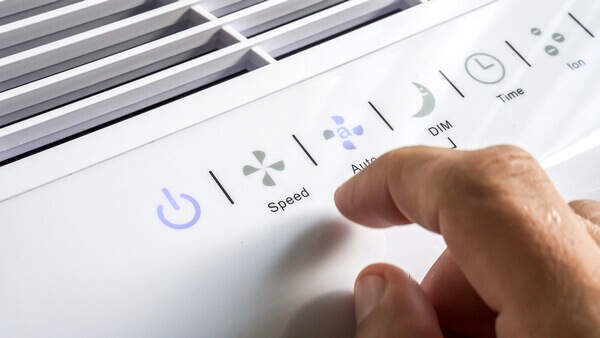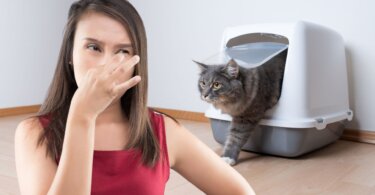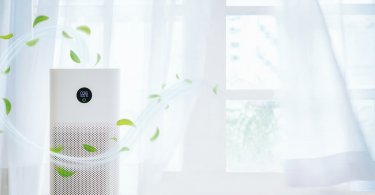
Since air purifiers clean air to an almost microscopic level, it is quite normal to doubt if the machine is genuine or is it all a scam. Unless you can see the results with your naked eyes, how to tell if your air purifier is working?
Fortunately, there are a few methods to test if your purifier is working or not. Keep reading to learn more about four easy ways that will clear out all your doubts and apprehensions about air purifiers.
Testing the Airflow
Firstly, you should physically feel a difference in the air quality to check if the air purifier is working. Although this is an intuitive process, high-performance air purifiers can get rid of foul odors and even stray pet hair in no time at all.
Besides this, you might notice a thinner layer of dust on your furniture too. If this is not the case or you are unsure about the results, you should check the airflow of your air purifier.
Read Also: Top-Rated Air Purifiers For Dust
All air purifiers use a powerful fan to suck in contaminated air from your room and blow out clean, pollutant-free air from the other end. You can check if your fan works by listening to its operating noise or using your palm to feel for the breeze.
For instance, if your purifier is making a humming noise and you can see the fan move, you know that the air purifier is working. On the other hand, if your fan is making too much noise, it is probably malfunctioning, choked up with dust, or needs a filter change.
Keep in mind that your air purifier should not work too hard to clean your indoor air.
In contrast, if you cannot see the fan move or feel a breeze on your palm, you know that the air purifier is not working.
Checking the Filters
If you are confused about whether your air purifier is working or not, one easy way to check is to look at its filter. Most air purifiers clean the indoor air by passing it through special HEPA filters or a three-way filtration system to remove all the dust.
Read Review: Best Air Purifiers With The Medical-Grade HEPA Filters
Over time, a thick layer of dust particles, mold, pet fur, and other pollutants build-up on the air filters. As a result, your air purifier starts either malfunctioning or does not clean the air as well as before.
While some digital air purifiers come with an automated sensor to alert about the dirty filter, you should check them manually too.
This is especially true if you live in a polluted, dusty area, like near a highway or main traffic streets. Since your air filter will get dirty much faster, you will need to replace it more frequently for your air purifier’s optimum performance.
Moreover, keep in mind that some air purifiers come with multiple filters, and not just one. For such machines, keep an eye on all of them regularly.
Read Also: Honeywell Air Purifier Filter Cleaning
Using an Air Quality Monitor
While a dirty filter might mean that your air purifier is working efficiently, how do you know that it is cleaning at the microscopic level?
Well, there is a smart solution to this problem too. You can invest in an air quality monitor that will test your indoor air and act as an indicator for your purifier’s performance. Although some purifiers come with a built-in monitor, you never know about their reliability.
To start your monitoring, switch off your purifier for some time and take the first reading of your room air. Next, close all the windows and turn on your purifier for at least 30 minutes before taking a second reading.
If you find an improvement in the air quality reading, then you definitely know that your air purifier is performing efficiently. However, some purifiers work slowly and take more hours to bring up the air quality to a healthy level.
Regardless of the model, if the reading does not change after leaving the purifier on for a long time, you need to get your machine checked.
Using Chemical Test Kits
You can check the air quality and the performance of your air purifier by using some commonly available chemical test kits. These test kits check for common house pollutants like mildew, pollen, mold, dust mites, and various organic particles.
Like the air quality monitors, you need to carry out two separate tests with the chemical kit too. For the first one, turn off your air purifier for a couple of hours. Next, conduct the test according to the instructions written on the kit.
Then, close all the windows and turn on the purifier for at least a day to take your second reading. By waiting for at least 24 hours, you will get a more precise result than just testing after a couple of hours.
Read Next: Does a UV Light Air Purifier Work At Killing Viruses?
Related article: Does An Air Conditioner Purify Air




